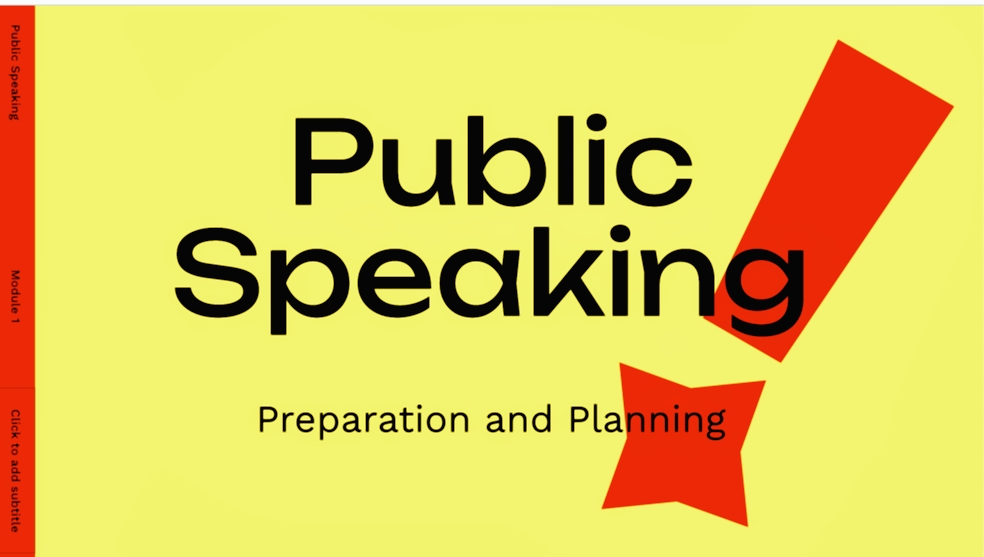£2.99
Public Speaking Communications Manual

Public speaking can initially feel like stepping into the spotlight with all eyes on you, whether addressing a boardroom or chatting at a community gathering. However, mastering this skill can be a transformative journey that empowers you personally and professionally. The beauty of confident public speaking lies in its accessibility; it's a skill you can cultivate, not just an inborn talent. Here's how to lay the groundwork with preparation and planning.
Here is a short extract from the Public Speaking Communications Manual:
Understanding Your Audience
Before you even jot down your first word, dive deep into who you're speaking to:
Demographics: Consider the age, gender, cultural background, and educational level of your listeners. A diverse crowd might require a more inclusive approach.12
Interests: What drives them? Tailoring your talk around their motivations or concerns can make your message resonate more deeply.
Knowledge: Gauge their familiarity with your topic. Adjust your depth - from basic to advanced - based on whether they're novices or experts.
Expectations: What are they hoping to gain? Understanding their expectations is not just a step but a crucial aspect that can guide you to meet or exceed them, showing your consideration and empathy towards your audience.
Knowing your audience isn't just about avoiding missteps, crafting a personal and engaging message for each listener.
Defining Your Objectives What's the goal of your talk? Here's where clarity becomes your ally:
Inform: Are you here to educate?
Persuade: Do you aim to sway opinions or decisions?
Entertain: Or perhaps bring a bit of joy or relief?
Inspire: Maybe you want to light a spark of motivation.
Your objective will shape every presentation aspect, from content to delivery.
Crafting Your Content
With your audience and goals in mind, start piecing together your narrative:\
Structure: Your speech should be structured like a story with a clear introduction, body, and conclusion. Smooth transitions will keep your audience engaged.
Content: Mix facts with stories. Use real-life examples, statistics, or even humour. Visual aids can be powerful allies here, making complex information digestible.
Language: Speak their language, literally and metaphorically. Keep it simple, vivid, and relatable unless technical specificity is necessary.
Tone: Match your tone to the setting and the audience. A corporate presentation might be formal, while a school talk could be more casual.
Practicing Your Delivery
Practice isn't just repetition; it's refinement:
Rehearse Out Loud: Use mirrors or record yourself to see and hear what needs polishing.
Time Yourself: Keep your presentation within the time constraints without rushing or dragging.
Practice with an Audience: Peer feedback can provide new perspectives on your performance.
Visualise Success: Imagine the applause, feel the confidence. Visualisation is not just a technique but a powerful tool for reducing performance anxiety, helping you feel reassured and confident.
Managing Anxiety
Feeling nervous is part of the human experience, especially when all eyes are on you:
Thorough Preparation: Knowing your material inside out can significantly boost your confidence.
Relaxation Techniques: Techniques like deep breathing or meditation can calm your mind and body.
Focus on Your Message: Remember, you're there for a reason. Your content is your anchor.
Strong Start: A compelling opening can set a positive tone for you and your audience.
Embrace Pauses: Silence can be powerful, giving your words weight and allowing you time to regroup.
This is just a brief glimpse.
The Public Speaking Communications Manual is a pracatical guide of ten modules giving you comprehensive insights and explicit guides on overcoming the fear of public speaking,

